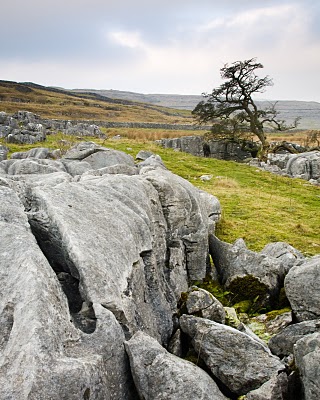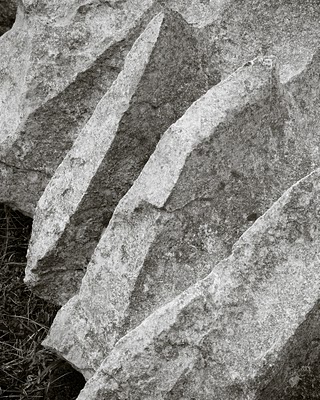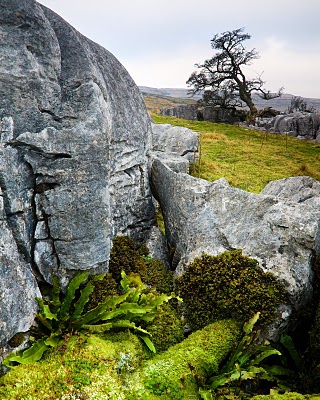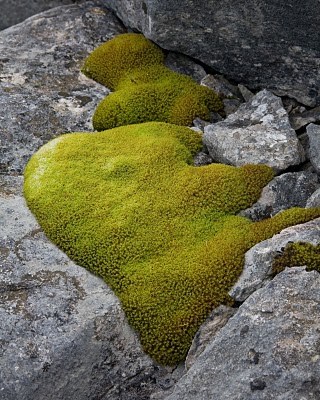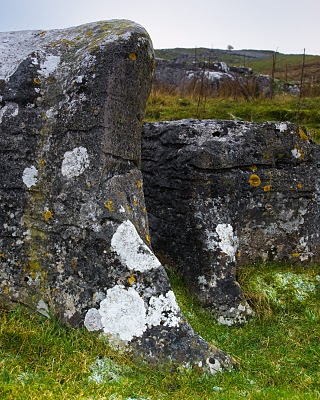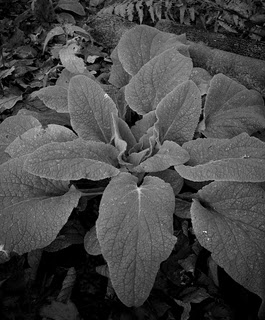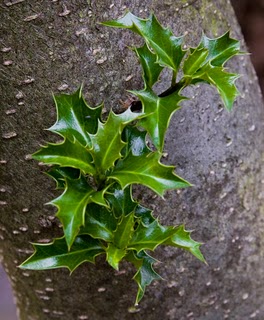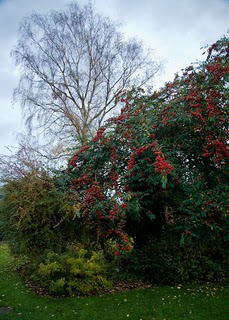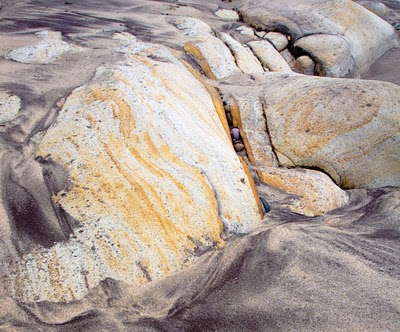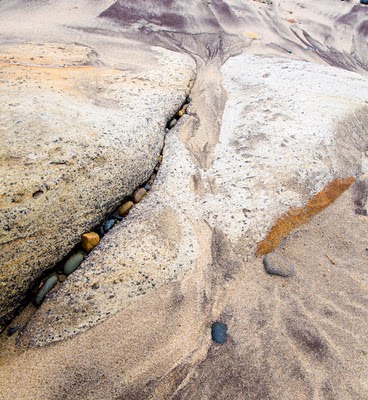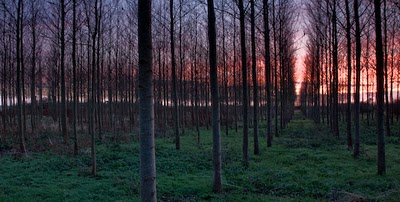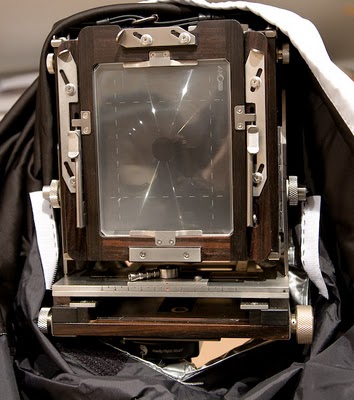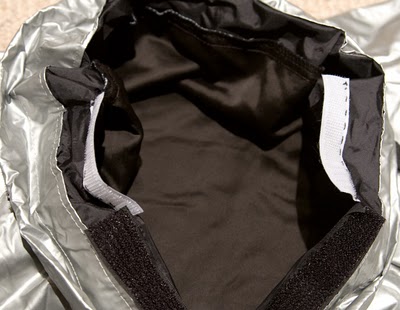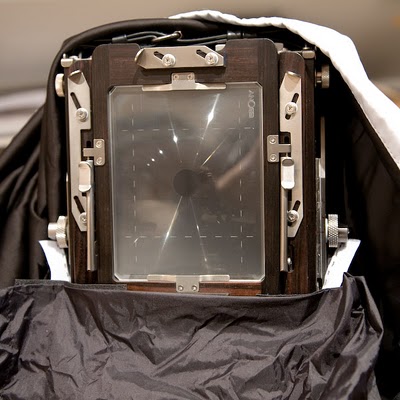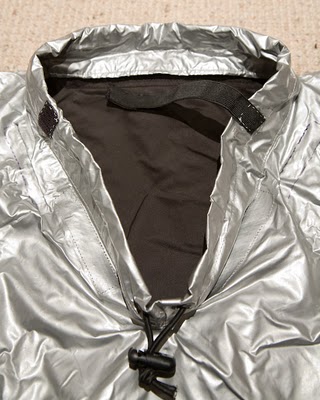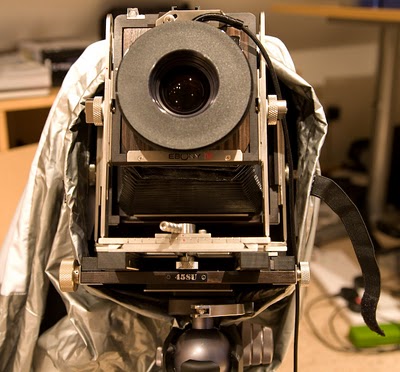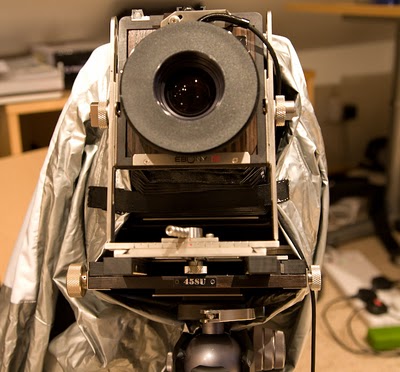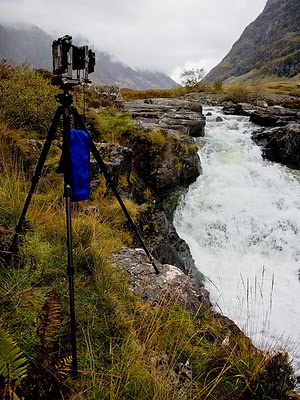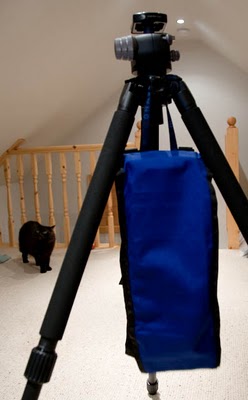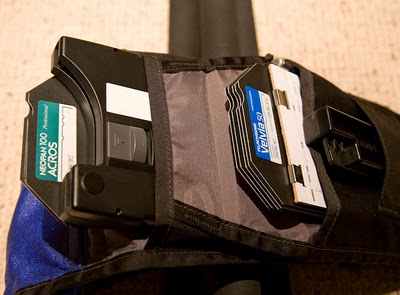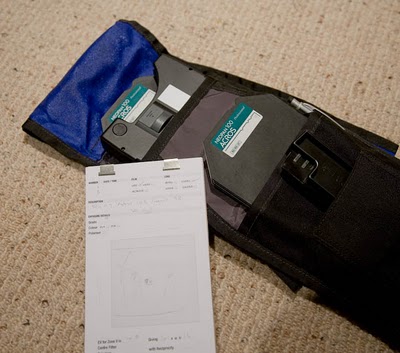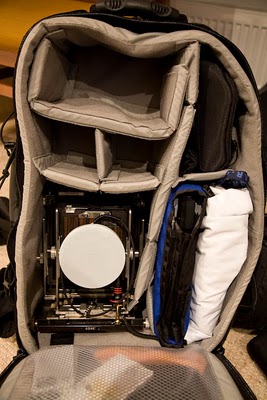Well this seems to be what they’ve been doing over on David’s blog over the weekend. I came to it late on today and having looked at the book and thought ‘and?’ I decided to take a deeper look to see if I was missing anything.
The discussion seems to be about whether Mr Wright is using a different visual language and that the apparent lack of compositional and technical ‘style’ is an artistic affectation, and if so of what kind, or whether he is attempting to make transcendent landscape art but misses the mark in some way.
I think the artist deserves to be listened to so I read through Harry’s blog on the Times website and also looked through his websites and book output to see if there was anything I could glean.
The first thing I noticed is that on his book covers and on his website, the featured images that have been chosen are the most visually compelling pictures in a typical landscape style; i.e. Luminous light, composed (loosely), etc. This sort of implies that there is at least a concious filtering of his images after the fact that fits with a real attempt to create traditionally ‘beautiful’ images. (of course this could be a cynical choice of images to try to draw the average punter in?).
Given this, why are so many of the images so banal? Reading through the blog, it is often said that (paraphrase) ‘I stayed in a location for a couple of days to absorb the environment and then took a picture right next to where I was parked/camped’. This doesn’t seem to leave much room for choosing a view. With a 210 lens on, it’s probably only possible to point in 8 different directions.
However he then goes on to say that in some locations he spent time finding a location, asking locals where the best views were and even going to the the top of Meall Na Cuilce overlooking Loch Coruisk to get the final shot of the tour.
If it weren’t for this, I could start to understand his stated influences of Cindy Sherman, Thomas Struth, Neil Young and Paul Strand. The only one of these that really gives a hint at a minmalist viewpoint (the only explanation that springs to mind) is Thomas Struth’s work but that is mostly about the viewers perception and social commentary. Neil Young is, I think, the singer thrown in for some trendy music references (Bob Marley is mentioned amongst other music references). Cindy Sherman is obviously post modernist but not in the context of the landscape. As for Paul Strand, I don’t see any of his empathy with the communities in which he is taking his pictures.. Mr Wrights pictures are more reminiscent of Stephen Shore (or even Richard Misrach), which at least match with the look of the images and tallies with his mention of Thomas Struth, but this misses the mark in the fact that Shore was always about the human element, not the pure landscape and that Shore and his recent crop of modernists (Gursky etc) were/are very knowing. I get the feeling (and I may be wrong) that Mr Wright’s images are produced out of Naivety rather than a knowing commentary on something.
Mr Wright, on his blog, answers a question about his influence.
hcw
The camera I use gets more detail across than any camera I have ever used. It gives a relevance to everything in the frame. This allows the photographer to use it with great confidence, knowing that the final print will reveal more (not less) than you were able to take in at the time. The more I go on using the camera the less I worry about the detail and this lets me concentrate on the bigger thing; the feel of the whole place, the ‘sum’ as you say.
This just suggests that he’s enamoured of the ‘resolution’ as in “Who cares about the subject matter – look at the detail” or “As long as I’m pointing in roughly the right direction, the camera is bound to pick up what I’m seeing”.
HCW:
What do I look for? That’s difficult to say, because as you get closer to taking the picture it varies. The night before I might decide where to go, and that’s based on a bit of weather, where I was the day before, what someone’s told me etc. But the most exciting bit is walking from where you have begun, knowing that the chances are that you about to get swept away by what’s out there. The key I suppose is not to anticipate it all too much, and to try not to do what you have done before.
But how does this happen if he only takes pictures next to where he started. Nothing is really adding up to a consistent view, style or even goal.
To paraphrase a couple of quotes from Mr Wright. “I select the spot from where to take picture: a promontory where I feel the view has been important or admired; bend in a track that has a sense of significance; crossing points of track and stream giving a sense of convergence not just of transport but of ways of living and history.” – This does sound good but doesn’t really tally with random pictures of hedgerows (however nice these seem) or beach scenes with little beach and a lot of sky, or a scrap of soil, etc.
Overall I don’t get a sense of any consistency. I see a photographer that can see beauty and occasionally capture it but who very often misses or confuses the experience with the realisation. This is not to say that he is a bad photographer, but he doesn’t rate as a ‘great’ photographer in my opinion, despite taking some pictures that I really like (as seen below..); But for every one of these there is a picture that does nothing for me at all.
My conclusion is that Mr Wright is a very good marketer (someone even adds fake reviews and ratings to his Amazon books) and has obviously hit a nerve with critics and at least one publisher, I think because of his similarity to the modernists mentioned above; but he doesn’t really know what he wants to be and this shows in the book and through his writing. He’s either a savant modernist that I don’t understand or just happens to have hit this zeitgeist through a naive (and I don’t mean this as an insult) approach to photography.
Either way this is not the landscape photography that I really enjoy, even though I may enjoy individual pictures. I should add that there is something in some of the pictures that works in the way that it totally removes the photographer from the process; a deadpan, minimalist view of the landscape that leaves the viewer to do all of the work. If Mr Wright were to focus on this and develop this style, focusing on how to achieve a refined version of what he appears to do accidentally I’d interested in seeing a sequel.


![]()

Note: Some of the images initially used to show HCW’s better style are now password protected and so have been removed.
Click to view full post including 2 Comments
